The truth when going to the toilet and the strong smell on the body made the eunuch extremely miserable

5 | 0 Discuss | Share
Beijing Imperial Palace, also known as the Forbidden City, is the palace of 24 kings from the middle of the Ming Dynasty to the end of the Qing Dynasty, built in the 4th year of the Ming Dynasty. During its 600 years of history, the Imperial Palace has brought with it many ups and downs and rich secrets that have stood the test of time.
The Forbidden City is not afraid of 10 magnitude earthquakes
Since its construction, the Forbidden City has experienced more than 200 earthquakes, including the deadliest earthquake of the 20th century. In 1976, the Tangshan earthquake killed 240,000 people within 23 seconds. , destroyed the entire northern border of Tangshan 150 km away in one night. Despite experiencing a strong earthquake that caused many houses to crack and collapse, the Forbidden City remained unharmed.
To find out the cause, experts copied the architectural model of the Forbidden City, then simulated an earthquake with a magnitude of 10.1. During the earthquake, the vibration amplitude of the model became larger and larger, causing the bricks inside to collapse one by one, but the frame still stood firmly. After several tests, experts have concluded that the cause lies in the pillars not being buried deep in the ground and not plugging this root too deep has ensured the flexibility for the palace as a whole, at the same time. Do not let the column of the house break suddenly.
To ensure the strength of the Imperial Palace, the dou con (a special type of structure of Chinese architecture, consisting of horizontal bars from the pillars protruding out called forts and square pillars inserted between the forts called forts). fighting) also plays a very important part in supporting the roof in a skillful way. This architecture requires no nails or any adhesive, can withstand gravity and integrates tightly with the building, while also having a flexible space.
The solid roof serves as the overall balance of strength, making the remaining parts "use each other" to reduce the burden. This is also the secret to help the Forbidden City "survive" through countless earthquakes.
Is "Leadership" real or not?
In the fighting movies revolving around the concubine fighting for the favor of the Emperor, there is no shortage of scenes with lines like: "Full to the Palace". So does the Forbidden City really exist or is it just in the movies?
According to historical records, Lanh Cung was actually a place to live when concubines were disgraced or committed unforgivable crimes, often in a deserted place and few people frequented. The second argument is that the Leng Cung does not have a fixed "address", as long as it is the residence of the concubine or the Prince does not receive the favor of the Emperor anymore, he can become a Leng Cung.
In Chinese archery movies, the palace often appears or a few concubines are pushed into the palace. In a word, this is equivalent to a concubine having to live a life of estrangement, receiving a sentence of "life in prison".
The concubines who were pushed into the palace even without wearing shackles and shackles were like going to prison. They have no people to talk to, no servants, no fine foods, daily meals are also the simplest type for palace maids and servants.
Everywhere they live is moldy, full of ash. Most of the concubines entering the palace are not willing to volunteer, they complain to the heavens, constantly screaming, will gradually go crazy and commit suicide, most of them will not have a good ending.
What the concubines go through will leave traces in the palace, from scratches on the wall, blood stains on the door, torn window frames, ramshackle tables and chairs that are out of shape... This makes it easy to feel fear, chills. Therefore, such a place filled with death and resentment cannot be tolerated by everyone, so it is not suitable to visit.
The palace is located in a remote place, few people visit, the Emperor and Empress never set foot here. It is also a place to be punished by concubines, so there is no chance to preserve and repair it. Under the destructive force of time, gradually the palace will also be worn down, from wood to weak thin walls, and finally to the stone structure frame.
No one remembers the palace, even though it was destroyed by time. In fact, the longer it is left, the more difficult it is to repair, so today the places that were once considered the palace in the Forbidden City are very dangerous and unsafe for visitors.
The palace is a place that is estranged and forgotten, so the material conditions are poor, the basic activities of the concubines are sometimes not guaranteed, let alone objects of historical value. The rooms in the palace are only cold and dreary, not suitable for displaying items to admire. Therefore, the palace has no value for viewing and is not suitable for visitors to visit.
Are there toilets in the Forbidden City?
During the Ming and Qing dynasties, there were no toilets in the Imperial Palace. If you wanted to defecate, the concubines had to use the potty. In the hall, a curtain or screen will be used to separate the toilet bowl, and the lid will be filled with carbon ash, vegetable ash and flavoring. The place to place the potty is called the "purity room", which is distributed in every corner of the palace.
The waste of the day will be processed by the eunuchs and transported out of the palace. So in the Forbidden City there is no bad smell. Up to now, in the Forbidden City, more public toilets have been built to serve tourists.
The largest palace in the world
The Forbidden City is the largest palace in the world, its existence is considered an architectural masterpiece completed in 1420 AD, more than 600 years ago. To build this massive architecture, it had to mobilize 230,000 artisans, millions of migrant workers and soldiers.
In the past, the Emperor called himself "Thien Son" (son of heaven). Ancient books often call the palace of the Heavenly Emperor in the sky as Tu Cung, in which the word "zi" (purple) has a different homonym for "son of heaven" which is also "death". The Emperor's residence was "forbidden" by ordinary people, so the Emperor's residence was called the Forbidden City. According to legend, there are 9999.5 rooms in the Forbidden City, because the ancients believed that only the Emperor was worthy of the number 10,000 and controlled everything, so half the room was missing.
Thai Hoa Palace located in the Forbidden City is the most important palace and also a symbol of power of the Chinese emperor. It is also the largest preserved wooden structure in China.
Thai Hoa Palace has many different names. In the Ming Dynasty, the palace was named Phung Thien, in the Thuan Tri Dynasty, it was changed to Thai Hoa. In folklore, this palace is called Kim Loan.
Thai Hoa Palace is located in the center on the North - South axis of the Forbidden City. The electricity was completed in the 18th year of Vinh Hoa (1420). After being destroyed by fire many times, it was not until the 34th year of Kangxi (165) that it was rebuilt. This massive ancient architecture has a height of 35.05 m, an area of 2 377 m2, including 55 different compartments and 72 large columns. Electricity is made entirely of wood. 72 columns in the power building is one of the special features of this architecture, designed to lift the weight of more than 4 tons of Thai Hoa Palace.
Worth mentioning, in Thai Hoa Palace, there is a scary story about "dancing crazy ghosts". So far, the reason has not been explained.
According to Chinese folklore, on July 8, 1905, the 31st year of Quang Tu, a patrol patrolling the three palaces discovered that the east window in the western pavilion of Thai Hoa Palace had fallen off.
When the patrol stopped to listen, the voices of people were clearly heard. They immediately reported the matter to their superiors.
The great minister general of the internal affairs government led a cavalry group to surround Thai Hoa Palace. When I opened the door, I saw a man dancing in the hall.
After arresting this person and searching, they discovered a short knife, a small knife, a purse inside containing 2 match boxes, 9 copper coins, 1 check, 760 cash documents, a cloth Inside was a yellow wrapper with a piece of jasper chipped on it, an ash-colored cloth belt, a short silver-white coat, a pipe without a stem, a fan, a bowl, and a piece of stone. purple and a purple floral handkerchief.
Quan Quan conducted the interrogation and learned that this person was Jia Wanhai, 29 years old from Daxing district outside Beijing. During the interrogation this person had abnormal neurological manifestations.
After reporting to Empress Dowager Tu Hy and Emperor Quang Tu, he assigned the police department to continue investigating. During the interrogation, Jia Van Hai was always naive, rambling, showing signs of madness.
After a month of interrogation and still could not collect anything of value, the court decided to execute Jia Van Hai in the form of hanging.
In addition to the haunting ghost story at Thai Hoa Palace, people also spread the story about "the sound that covers the forbidden palace". Accordingly, every 5 pm is the time when the Forbidden City closes, this is the moment when the yin in the palace is the heaviest.
According to Chinese media, at this time, visitors to the Forbidden City feel it. By 5 pm, the atmosphere was murky, feeling cold.
According to a rumor, in the past, there was a night guard here, the children of this person were always sick and sick. People told him that because he kept watch at night in a place with a lot of yin, it affected the next life. Since then, this place has no one to watch the night anymore.
Up to now, the Forbidden City is nearly 600 years old. Every year, this place serves tens of millions of tourists from all over the world. However, the palace at the Forbidden City is still a place not to approach. In fact, people only know about the palace through history books and movies.
The secret of the Qing harem is far from the movies, the audience is surprised because they have been deceived for so long 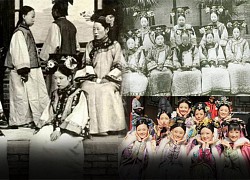 team youtube18:00:26 20/05/2021The Qing Dynasty is a Chinese dynasty founded by the Manchus. This was also the last feudal dynasty in Chinese history. Many filmmakers have relied on this dynasty to create immortal historical works of archery. However, the truth is that the Qing Dynasty harem is far different from the movies we usually see
team youtube18:00:26 20/05/2021The Qing Dynasty is a Chinese dynasty founded by the Manchus. This was also the last feudal dynasty in Chinese history. Many filmmakers have relied on this dynasty to create immortal historical works of archery. However, the truth is that the Qing Dynasty harem is far different from the movies we usually see

5 | 0 Discuss | Share
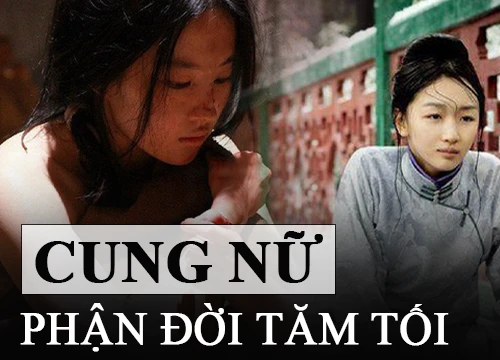
3 | 0 Discuss | Share

4 | 0 Discuss | Share
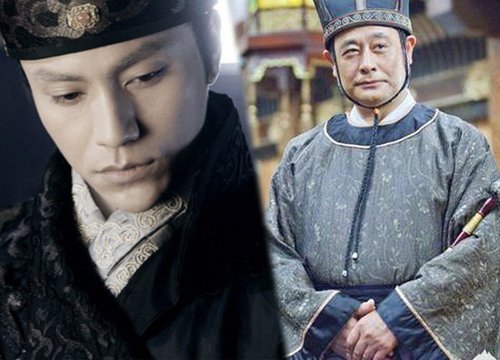
3 | 0 Discuss | Share
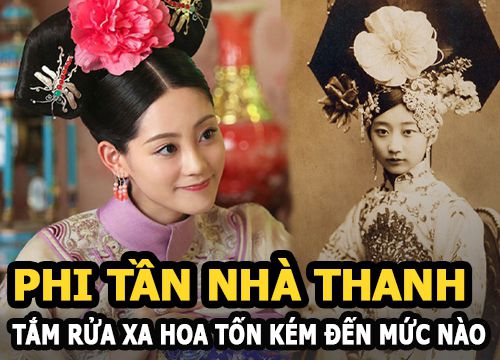
4 | 0 Discuss | Share
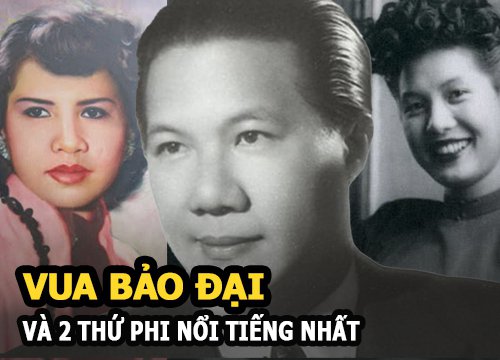
3 | 0 Discuss | Share

5 | 0 Discuss | Share

5 | 0 Discuss | Share
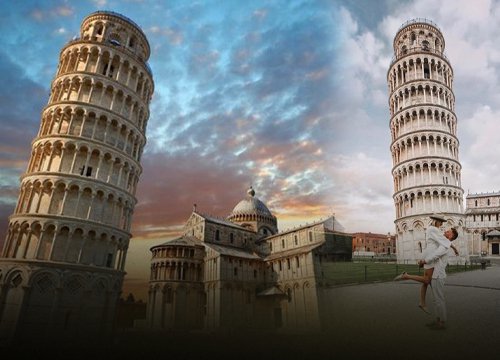
2 | 0 Discuss | Share

4 | 0 Discuss | Share
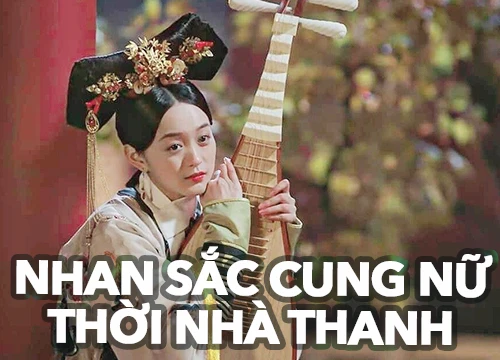
3 | 0 Discuss | Share

3 | 0 Discuss | Share


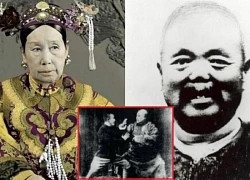
6 | 0 Discuss | Report